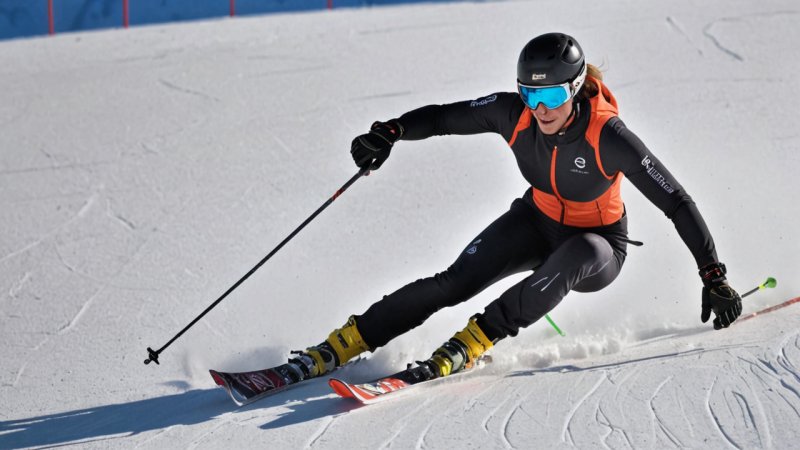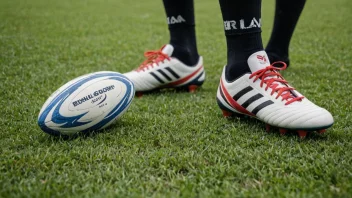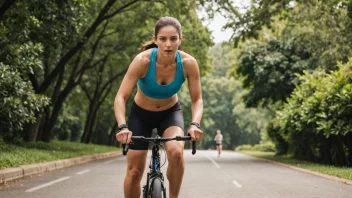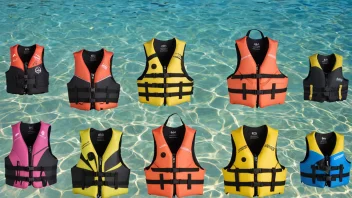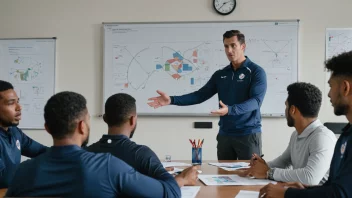Winter sports are thrilling and physically demanding, requiring not only skill but also a deep understanding of the body's mechanics. Biomechanics, the study of movement, plays a crucial role in optimizing athletic performance while ensuring safety. By applying biomechanical principles, athletes can enhance their techniques, reduce injury risks, and boost their overall performance. Here are some key aspects to consider when integrating biomechanics into winter sports training.
1. Understanding Body Mechanics
To improve performance in winter sports, athletes must first understand how their bodies move. This includes:
- Joint Angles: The optimum positioning of joints during movements can lead to greater efficiency and power.
- Force Generation: Learning how to effectively generate force through the legs and arms enhances speed and control.
- Balance and Stability: A solid understanding of the body’s center of gravity helps athletes maintain balance during high-speed maneuvers.
2. The Importance of Proper Technique
Biomechanics emphasizes the significance of proper technique in executing movements. Key elements include:
- Posture: Maintaining an upright posture in sports like skiing or snowboarding ensures better control and reduces the risk of falls.
- Turns and Jumps: Mastering the mechanics of turns and jumps can lead to smoother transitions and improved scores in competitions.
- Breath Control: Effective breathing techniques can enhance stamina and ensure proper oxygen flow during intense activities.
3. Injury Prevention Strategies
Injuries are common in winter sports, but an understanding of biomechanics can help prevent them. Consider the following:
- Warm-Up Routines: Engaging in dynamic stretching and movement drills prepares the body and reduces the risk of strains.
- Strength Training: Focused strength training that targets specific muscle groups can provide the stability needed to prevent injuries.
- Flexibility Exercises: Incorporating flexibility work helps maintain a full range of motion, reducing the chances of tears or sprains.
4. Analyzing Performance with Technology
Modern technology allows athletes to analyze their biomechanics in real-time. Some tools to consider include:
- Motion Capture Systems: These systems provide detailed feedback on body movement, helping athletes refine their techniques.
- Wearable Sensors: Devices that track movement patterns and force exertion can reveal areas for improvement.
- Video Analysis: Reviewing recorded performances can help athletes visualize their mechanics and make necessary adjustments.
5. Incorporating Feedback and Adaptation
Lastly, incorporating feedback is crucial for continuous improvement. Here are ways to implement feedback effectively:
- Coaching Input: Working with a knowledgeable coach who understands biomechanics can provide personalized tips and strategies.
- Peer Feedback: Training with others allows athletes to observe and learn from one another’s techniques.
- Self-Assessment: Regularly assessing one’s performance and biomechanics can identify strengths and weaknesses, guiding future training.
In conclusion, the integration of biomechanics into winter sports performance is essential for athletes looking to excel while minimizing injury risks. By understanding body mechanics, emphasizing proper technique, adopting injury prevention strategies, utilizing technological analysis, and incorporating feedback, athletes can significantly enhance their performance. As winter sports continue to evolve, the application of biomechanics will be at the forefront of athletic training and safety.
